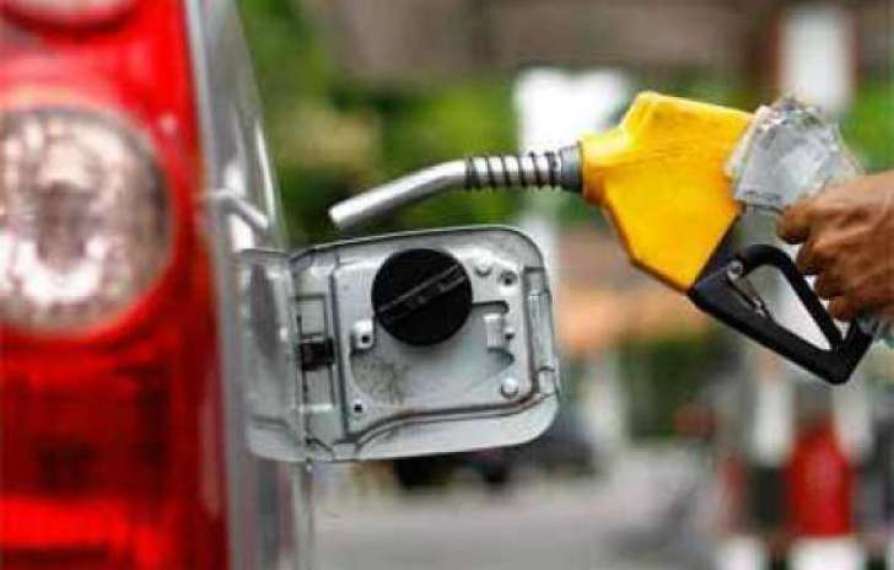India, the country with the world’s second largest population is all set to make a mark in its fight against pollution as it is ready to switch to World’s cleanest Diesel and Petrol from the 1st April 2020. India jumped from Euro IV (Euro 4) compliant fuels to Euro VI (Euro 6), in just 3 years. This is something not even the biggest economies of the world has managed to pull off.
As India starts using the cleanest fuel, it will join the list of few nations that are currently using Diesel and Petrol that contains only 10 Parts Per Million (PPM) of sulphur. After making the switch, India will be better equipped to combat the problem of pollution, which is currently chocking the major cities of the country, especially Delhi NCR.
Chairman of Indian Oil Corporation (IOC) Limited, Sanjiv Singh said that almost 100% of the company’s refineries had started producing the BS VI (equivalent to Euro VI) ultra-low sulphur Deisel and petrol by the end of 2019. IOC controls almost 50% of India’s fuel market.
Oil companies have started the task of replacing the BS IV fuel with the new BS VI fuel.
Singh said, “We are absolutely on track for supplying BS-VI fuel from April 1. Almost all refineries have begun supplying BS-VI fuel and the same has reached storage depots across the country”.
Singh said that the company has started the transportation of its BS VI grade Diesel and Petrol from the storage depots to the Fuel Stations, and in the coming weeks all of them will only have the high grade BS VI fuel. “We are 100 per cent confident that fuel that will flow from nozzles at all the petrol pumps in the country on April 1 will be BS-VI emission compliant fuel” he added.
In the year 2010, India adopted BS III (or Euro III) fuel which contained 350 PPM of sulphur and then in 2010, it switched to BS IV which contained 50 PPM of sulphur. Now, just 3 years later, in 2020, India is all set to switch to BS VI.
Singh said, “It was a conscious decision to leapfrog to BS-VI as first upgrading to BS-V and then shifting to BS-VI would have prolonged the journey to 4 to 6 years. Besides, oil refineries, as well as automobile manufacturers, would have had to make investments twice – first to producing BS-V grade fuel and engines and then BS-VI ones”.
In order to upgrade the refineries to be able to produce BS VI fuel, the state owned oil corporations have spent close to Rs. 35,000 crore. This is on top of Rs. 60,000 these companies invested to make the switch from BS III to BS IV.
BS VI, the fuel which contains mere 10 sulphur PPM have emission standards identical to CNG.
Initially, the plan was to provide the people in Delhi and cities around it with BS VI fuel by April of 2019 and then move out to pan India by April 2020, But the oil companies switched the supply of BS VI fuels in Delhi on the 1st April 2018.
On the 1st April 2019, BS VI Diesel and Petrol were being offered in 8 districts of Uttar Pradesh, including Agra and 4 districts of Rajasthan. And from 1st October 2019, 7 districts of Haryana started receiving BS VI grade fuel.
According to Singh, the cleanest fuel in the world (BS/ EURO VI) will result in a drop in the emission of NOx (Nitrogen Oxide) by 70% in Deisel cars and 25% in Petrol cars.
The switch, however, is very cumbersome as before filling the tanks with BS VI fuel, every drop of BS IV fuel present in the tanks, pipelines, and depots has to be flushed out.
Singh said, “We are confident of disruption-free switchover to BS-VI supplies across the country” and added, “What we will be supplying is the best quality available anywhere in the world. You do not have any better fuel that is supplied in any part of the world. Perhaps our BS-VI fuel will be better than equivalent fuel in some parts of the US and Europe”.
India’s fuel upgradation campaign began in the 1990s when in 1994 the Low Lead Gasoline (Petrol) was introduced in Chennai, Delhi, Kolkata, and Mumbai. On the 1st of February 20000, Unleaded Gasoline was made mandatory on pan Indian level.
In April 2000, BS 2000 (BS I or EURO I) was introduced for new vehicles and in the same year, BS II (equivalent to EURO II) was implemented in Delhi which was later introduced in other major cities on the country by 2001.
Even the Benzene limits have been curbed over time, from 5% in 2000 to 1% on pan Indian level. Even the use of Lead in Gasoline was banished (in phases) and since 1st February 2000, only Unleaded Gasoline has been produced in the country.
The Octane number of fuel also signifies the performance of a vehicle’s engine, the higher the number, the better the performance of a car’s engine. Since 2000, the number has also increased, currently, it is 91, and in BS 2000 it was 88.
Singh said that as BS VI Diesel and Petrol will be rolled out throughout India, and cars will run on low sulphur-containing fuels, the emission of Particulate Matter (PM) will be reduced, and it will be seen even in the older generation diesel cars that can be seen on roads today.


